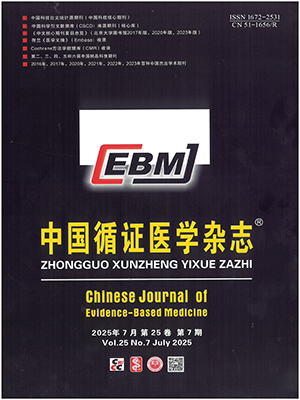Objective ?To explore the glucometabolic state of angiographically documented inpatients with coronary artery disease (CAD) but without diagnosed diabetes mellitus (DM).
Methods ?The study recruited 449 patients, who were performed a coronary angiography as well as an oral glucose tolerance test (OGTT) when admitted in the cardiovascular medical ward in our hospital from January 2007 to May 2009. According to the results of coronary angiography, the patients were divided into a coronary artery disease (CAD) group and a non-coronary artery disease (non-CAD) group, and abnormal glucose metabolism (AGM) status was compared between the two groups.
Results ?The random plasma glucose (RPG) and fasting plasma glucose (FPG) had no significant differences (P values were 0.249 and 0.444, respectively) in the two groups, while the OGTT 2-hour plasma glucose (2hPG) was much higher in the CAD group, with a significant difference (P lt;0.001) compared with the non-CAD group. The CAD group had a prevalence of AGM up to 74.0%, of which 32.1% were newly diagnosed DM patients, and 39.0% were impaired glucose tolerance (IGT) patients, much higher than that in the non-CAD group, respectively, there being a significant difference (P=0.006). Logistic regression analyses revealed that the risk of IGT and newly diagnosed DM was 1.6 times (OR=1.603, 95% CI 1.023 to 2.512, P=0.04) and 2.3 times (OR=2.292, 95% CI 1.391 to 3.777, P=0.001) as much as that in non-CAD patients, respectively; when adjusted for the factors such as hypertension, dyslipidemia, BMI, hs-CRP, and other factors, CAD patients still had a higher risk of newly diagnosed DM (OR=1.852, 95%CI 1.064 to 3.223, P=0.029), compared with the non-CAD patients.
Conclusion ?AGM is common in the admitted patients with CAD but undiagnosed diabetes, most of whom need an OGTT to be diagnosed timely and accurately. OGTT should be considered to be a routine inspection item to diagnose AGM in the inpatients with CAD; if possible, all hospitalized patients with cardiovascular disease should be performed an OGTT routinely.
Citation: WEN Zhuzhi,ZHANG Lan,ZHANG Yamei,WANG Jingfeng,GENG Dengfeng. Glucometabolic State of Patients with Coronary Artery Disease but without Diagnosed Diabetes. Chinese Journal of Evidence-Based Medicine, 2010, 10(8): 892-896. doi: 10.7507/1672-2531.20100515 Copy
Copyright © the editorial department of Chinese Journal of Evidence-Based Medicine of West China Medical Publisher. All rights reserved




